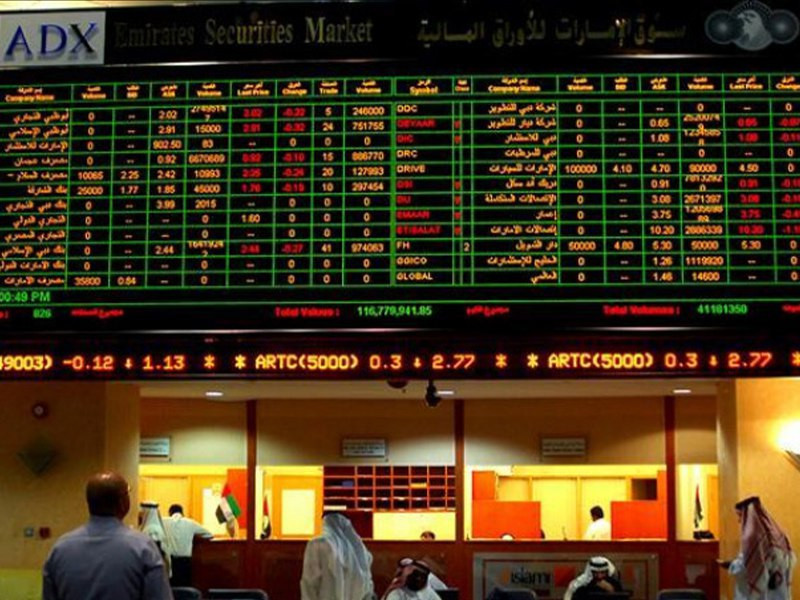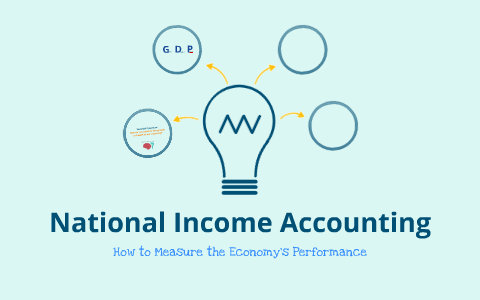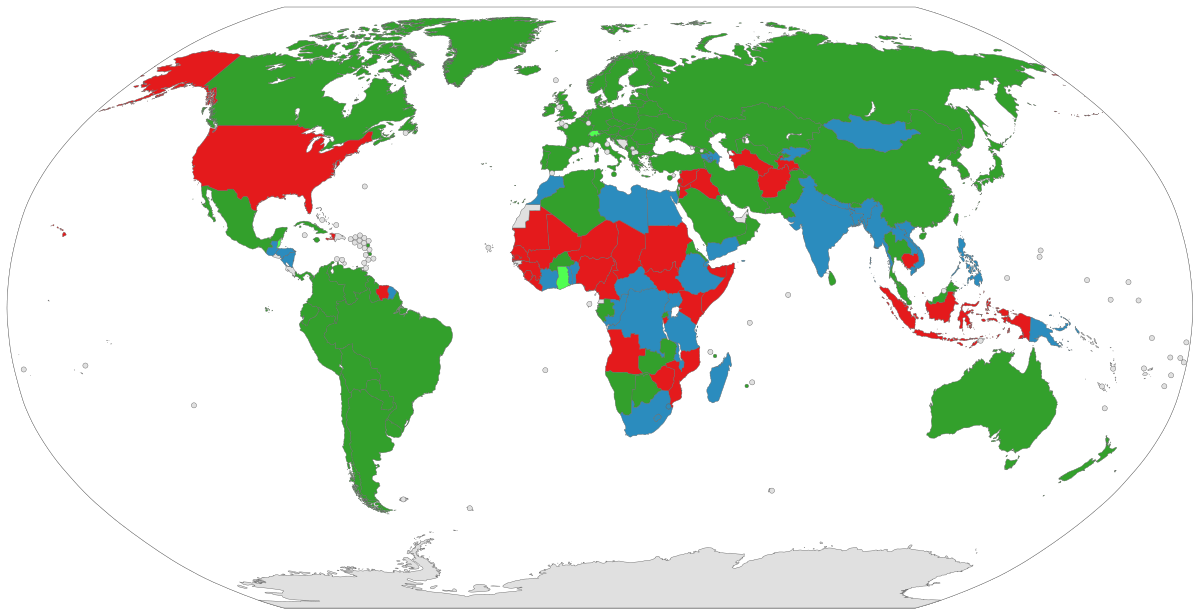
Polkadot is sold at most major US cryptocurrency exchanges, many of which are available in Australia. It is also available at local cryptocurrency exchanges such as CoinSpot and Swyftx. Like all cryptocurrencies—and any investment for that matter—there are numerous pros and cons that you need to consider. A major concern for cryptocurrency https://1investing.in/ investment is the volatile market, which can see total investments lost in a matter of hours. Investors should remember that Polkadot, like all cryptocurrencies, is an extremely speculative and risky investment. After all, it’s not the only platform focusing on improving scalability, governance, and interoperability.
Finally, one of the relay chain architecture’s more interesting quirks is also a potential risk. The fact that in order to join Polkadot’s relay chain, blockchains have to bid for the space in a “slot auction”, where the winning bid is paid in DOT and is held for the duration of their participation. The first-ever winner to successfully secure a parachain slot was the Acala protocol. In a head-to-head race with another popular Polkadot ecosystem player – Moonbeam – Acala managed to win the first parachain auction that ended in November 2021.
Polkadot is a blockchain that’s designed to support other blockchains. Like all software, blockchains need upgrades to stay relevant and improve over time. However, upgrading conventional chains requires what are called “hard forks”, which create two separate transaction histories that can splinter a community in two and often take months of work.
Polkadot \(DOT\)とは?
As of now, there is no “one blockchain infrastructure to rule them all”. Every project has its individual needs and requirements, and Polkadot allows every individual chain to have its design optimized for that specific functionality. With the help of Substrate, developers can efficiently adapt their individual chains to suit the needs of the project.
- Polkadot didn’t take long to shoot up near the top of the crypto market.
- Polkadot unites a network of heterogeneous blockchains called parachains and parathreads.
- It combines pioneering technologies to provide security and sustainability to decentralized applications, systems and societies.
- Polkadot sets the standard with XCM, a cross-consensus communication format and programming language that allows blockchains of different designs to securely exchange arbitrary data, code, and value.
- This ensures that everyone has an equal say in how the network evolves, making it more decentralized and suitable to the community’s needs.
- The majority of parachains are built using Substrate, a modular framework that allows blockchains to be built to specification within hours.
As user adoption increases, many blockchains are pushed to move away from specialization into generalization to stay competitive. Polkadot uses its original GRANDPA (GHOST-based Recursive Ancestor Deriving Prefix Agreement) consensus for a more secure and resilient network. Nonetheless, this speed rate happens at the expense of stability and security which means stakeholders must keep vigilant to follow up on all the proposals, referenda, and upgrades. At the same time, validators on Kusama often need to update on short notice. Kusama has a lower economic barrier entry than Polkadot, therefore launching a parachain or becoming a validator is much easier and requires less staking of DOTs. Fishermen – Fishermen are tasked to monitor the network and report bad behavior to validators.
Problems with existing blockchains…
Polkadot
enables scalability by allowing specialized blockchains to communicate with each other in a secure,
trust-free environment. Outdated or non-useful parachains are removed by removing bonded tokens. Crypto wallets are available either online (hot wallet) or offline (cold wallet). You’ll also need to check that the crypto wallet supports Polkadot tokens.
It’s a concept initially envisioned by Dr. Gavin Wood, co-founder of Ethereum. The team wants to focus its efforts on security, scalability, and innovation. To do so, the necessary infrastructure needs to be created to not only support new ideas and concepts but also ensure that proper interoperability can be achieved. By using Polkadot, other cryptocurrency projects with their own blockchains can focus on their core specialty, rather than building sub-par features for integration and scalability. Ethereum is a smart contract platform and strives to be a blockchain for distributed finance. On the other hand, Polkadot offers a structure for building specific blockchains easily and the ability to connect different networks.
Polkadotネットワークは安全?
The Web 3.0 is taking centralized infrastructure and applications and turning them into
decentralized, trust-free protocols. The goal is to transform the internet into a decentralized web,
where users control their own data and identity definition of market risk in a trust-free environment. The Web3 movement aims
to remove intermediaries and build trustless infrastructure. Polkadot’s novel data availability and validity scheme allows chains to interact with each other in a meaningful way.
Polkadot (DOT) Reaches Lowest Weekly Price Close Since 2020 – BeInCrypto
Polkadot (DOT) Reaches Lowest Weekly Price Close Since 2020.
Posted: Tue, 12 Sep 2023 16:37:01 GMT [source]
It’s an ecosystem capable of catering to individual coders, as well as small businesses and large corporations. Being able to deploy custom blockchains to suit specific needs, and upgrade them without hassle is a novel concept that could be valuable for the entire crypto space. First of all, it grants token holders with governance rights of the entire Polkadot platform. This includes determining network fees, voting on overall network upgrades, and the deployment or removal of parachains. While it has been called a groundbreaking technology, there are also certain drawbacks to take into account. Introducing interoperability between different chains could lead to the exchange of data, and ultimately more powerful applications and services.
What is Polkadot? The Complete Guide
Polkadot, traded as the DOT token, is a cryptocurrency that is primarily used for staking and governance. Investors have voting rights on network fees, establishing or removing parachains, and upgrading the network, and can also use the DOT token to pay for said network fees. Polkadot operates at a deeper level than a blockchain like Ethereum—think of it as providing a foundation on which others crypto projects can build. It calls itself a Layer 0 blockchain, whereas Ethereum and similar blockchains like Solana (SOL) and Cardano (ADA) are called Layer 1 blockchains. On paper, there are many things that can make Polkadot attractive to developers.

Updates to the protocol happen fork-free via transparent on-chain voting, so protocol development never stalls due to the lack of a clear process. The relay chain uses a sophisticated governance mechanism that is designed to establish a transparent, accountable and binding process for resolving disputes and upgrading the network. DOT holders can help secure the network and collect DOT rewards by staking as a nominator or a validator. With Polkadot’s native nomination-pools, anyone with as little as 1 DOT can stake and collect rewards.
For example, once upon a time, it cost just a few pennies to a few dollars ETH equivalent to transact on Ethereum, the world’s most popular blockchain. Habermeier, also a Thiel Fellow, is a reputable blockchain and cryptography developer. DOT tokens are used to participate in governance decisions, including tabling proposals, voting, and bonding. Polkadot’s state machine is compiled to WebAssembly (Wasm), a super performant virtual environment. Wasm is developed by major companies, including Google, Apple, Microsoft, and Mozilla, that have created a large ecosystem of support for the standard.
Both nominators and their chosen validator receive the block reward (DOT tokens) when that validator adds transactions to the blockchain. As we’ve mentioned, every new parachain is added by bonding DOT tokens. Bonding refers to committing tokens to the network for a specific period of time. Chains that aren’t useful or projects that are no longer maintained will be removed, and their bonded tokens returned.
Can propose emergency referenda, together with the council, for fast-tracked voting and implementation. Considering the overall benefits for entrepreneurs, developers, users and investors, it looks like Polkadot’s evolution will be interesting to follow. Governance in a blockchain is how transaction and block verification rules are decided upon, implemented, and enforced.
He privately consults entrepreneurs and venture capitalists on movements within the cryptocurrency industry. Parachains that have decreased in community size and don’t use validation resources can be moved to become Parathreads to free up the limited Parachain slots while preserving functionality. Adding new features on top of legacy blockchains tends to cost significantly more network resources and usually isn’t very effective. Polkadot was first proposed in a whitepaper on November 14, 2016, as a means to solve many of the pressing issues of the various blockchains at the time. It’s hard to get behind blockchain as the next technological revolution when it wastes so much energy.

When Wood first wrote the Polkadot whitepaper, he argued that crypto needed a new system allowing interactions between different blockchain networks. Noticing issues with Ethereum’s ability to grow and scale, Wood attempted to solve this problem with a new blockchain based on a proof-of-stake validation system. While functionality is taken care of, blockchains connected to Polkadot can use their own PoS mechanism, decide when and how to update their code and run the dapps or tokens they choose. It’s essentially a pick and choose layer that allows networks to preserve their own security and incorporate new protocols.
Conceived by Dr Gavin Wood, one of Ethereum’s co-founders, in 2016, it was developed by the Web3 Foundation and Parity Technologies. Its native token, DOT, is an essential part of the network’s governance and operation. The launch of Polkadot introduced a new way to think about blockchain interoperability where different blockchains can share information and collaborate safely. It is all about cross-chain communication and scalability in the crypto space. Polkadot unites a network of heterogeneous blockchains called parachains and parathreads. Finally, bridges allow parachains and parathreads to communicate with external networks like Bitcoin and Ethereum, thereby further expanding the interoperability of the Polkadot blockchain.
What Is Polkadot Crypto Worth?
Known as Proof of Stake (PoS), this consensus model works by rewarding users for staking coins on the network. With Polkadot, honest stakers are rewarded, while bad actors can lose their entire stake. Any developer, company, or individual can spin up their custom parachain through Substrate, a framework for creating cryptocurrencies and decentralized systems. Once the custom chain is connected to the Polkadot network, it becomes interoperable with all other parachains on the network.
Gavin Wood, a co-founder of Ethereum, came up with the idea for Polkadot and released its white paper in 2016. The next year, Wood and Peter Czaban founded a nonprofit organization, the Web3 Foundation, dedicated to the development of Polkadot. Robert Habermeier, who has a research and development background in blockchains, is also a co-founder of Polkadot. This is required when new parachains are added to the Polkadot ecosystem.
Many see Polkadot as one of the most promising networks of the future, as it is attempting to lay a foundation for a multitude of purposes. While the project is still in its early years, many developments indicate that the path it has laid out could be the standard for value exchange. The Polkadot network first launched in May 2020, with multiple technical releases following in the months after. Polkadot was considered fully launched with the release of five parachains in December 2021. The Cross-Consensus Messaging Format (XCM) allows parachains to send
messages of any type to each other. The shared security and validation logic of the Relay Chain
provide the environment for trust-free message passing that opens up true interoperability.
Interactions on parachains are processed in parallel, enabling highly scalable systems. The heart of Polkadot, responsible for the network’s shared security, consensus and cross-chain interoperability. Polkadot can transfer this data across public, open, permissionless blockchains as well as private, permissioned blockchains. All chains that use Substrate are compatible with Polkadot, with seamless access to the interoperable ecosystem of parachains, applications and resources.
According to PolkaProject, there are hundreds of projects being developed, spanning from wallets to infrastructure projects, tooling, DApps, and more. However, connecting many (think hundreds or thousands) blockchains at the same time remains a pressing issue. Polkadot’s team, and by extension, the Web3 Foundation, is confident that an elegant solution can be created over the coming years. Allow parachains and parathreads to connect and communicate with external networks like Ethereum and Bitcoin. More economical for blockchains that don’t need continuous connectivity to the network. A Polkadot business looks for a blockchain network protocol to enable arbitrary data to be transferred across blockchains.
